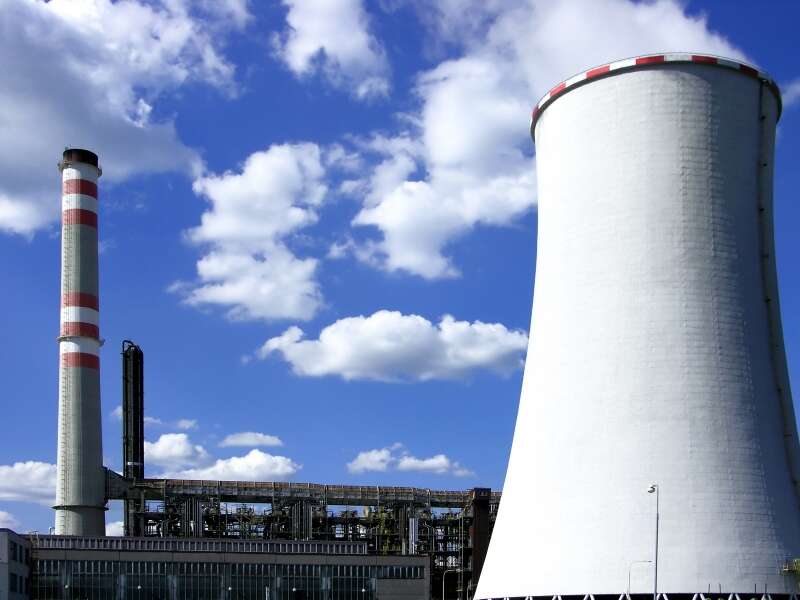Wind power held back by grid capacity
October 7, 2024

With the private sector eager to invest in wind energy, the government has been urged to address grid capacity constraints to unlock the full potential of renewable energy in South Africa.
This is according to members of the renewable energy sector and the investment community who spoke to Business Times at the 2024 Windaba in Cape Town this week. They said with 1.3GW of wind projects under construction, appetite for investment in wind power remained strong.
Delegates took issue with delays in the National Energy Regulator’s (Nersa) finalisation of the curtailment framework to allow renewable projects to commence, especially since bid window 6 failed to yield any of the 39 submitted wind projects.
Addressing the Windaba, minister for energy and electricity minister Kgosientsho Ramokgopa said he met with the board of the South African Wind Energy Association (Sawea) on the sidelines of the event, and assured them his department was seeking solutions to the administrative speedbumps to renewable projects.
“We are aware of those challenges. They have come to my attention. We are resolving those challenges. We are working with the [Sawea] chair, the board and the CEO. We will get it right… I am confident that in the next month or so, you will see significant improvement in these areas,” he said.
“The board raised the issues of curtailment and its possibilities in unleashing wind. I want to say in public that we will resolve that question and ensure that we are able to tend to the needs in transmission.”
Curtailment refers to the limiting of renewable energy plants below output potential to address transmission constraints. The industry expects Nersa to have concluded and announced the curtailment framework by November after Eskom referred it to the regulator two months ago.
Nersa spokesperson Charles Hlebela said: “The application will first be considered by the electricity subcommittee on 5 November, thereafter if recommended, it will be considered by the Energy Regulator on 28 November.”
So one of our major challenges on why it’s been slow is grid connection. The transmission infrastructure is not in place for us to be able to build these projects and evacuate that power, particularly in windrich areas… which are the Northern Cape, the Eastern Cape, and the Western Cape, which have no grid capacity to connect new projects
Ramokgopa said the unit cost of wind per kilowatt hour had come down by 56 cents, which would ultimately offset the trend of Eskom applying for above inflation and doubledigit tariff increases in the long term. “The greater the share of the mix, the greater the possibility of us making electricity affordable. So it is in our collective interest to ensure that we are able to scale up the share of renewables and wind. Science has proven that, and also the bid windows have confirmed that,” he said.
Sawea CEO Niveshen Govender said while the private sector was hungrier than ever to invest in wind energy, the government needed to address grid constraints and introduce reforms to unlock the full potential of renewable energy.
“If you look at the state of play of energy or the energy mix in 2018, renewable energy accounted for 11% of the energy mix. The IRP [integrated resource plan] 2019 then showed us the 2030 vision of that increasing to 41%… 57% of that 41% would have been wind energy, so we were increasing from 3GW in 2018 to more than 14GW by 2030. Progress has been slow.
“So one of our major challenges on why it’s been slow is grid connection. The transmission infrastructure is not in place for us to be able to build these projects and evacuate that power, particularly in windrich areas… which are the Northern Cape, the Eastern Cape, and the Western Cape, which have no grid capacity to connect new projects.”
Govender said Nersa needed to holistically assess the system in terms of new generation, and regulate the market based on wellfounded standards and guidelines. “In terms of the curtailment framework, I know the industry is getting antsy around it because we want to build projects. We have projects ready to go. If the curtailment addendum is approved, we are able to build those projects and evacuate the power.”
Head of power at Standard Bank Investment Banking, Rentia van Tonder, said the bank was hopeful bid window 7 would learn from the challenges of previous rounds. The bank committed R250bn over the next three years in sustainable financing and renewables.
“I think what we’ve seen happening in round six when there was no allocation of wind projects was really as a result of grid capacity constraint. Even at that point in time, the issue was tabled and raised and, certainly, the intention was to make sure there is clarity when we go into round seven.”
Senior banker for the investment banking division at Absa, Theuns Ehlers, said investors and financiers require certainty on the curtailment framework before they commit capital for new project developments, hence finalising the framework was important to unlock capital. “Wind projects continue to be an important focus for the bank. Of the 5.5GW of renewable energy projects closed by the bank to date, almost 60% of MW capacity relates to wind projects.”
Search
RECENT PRESS RELEASES
Related Post




